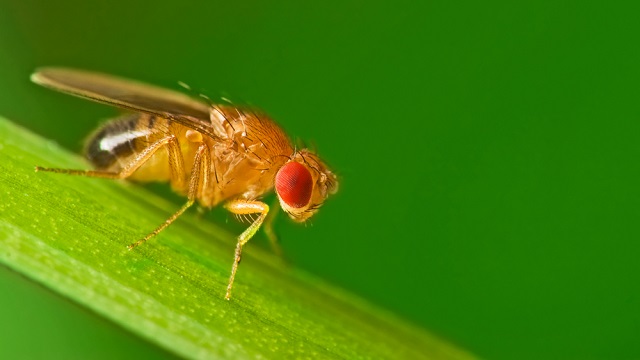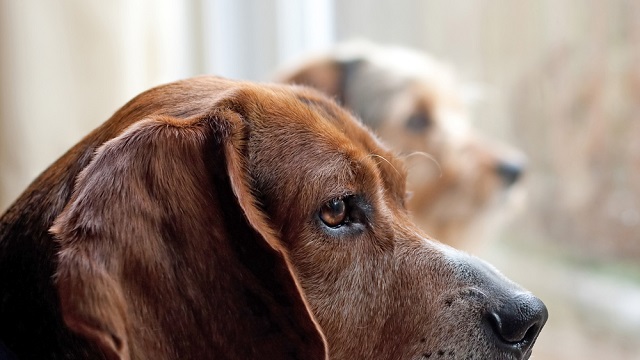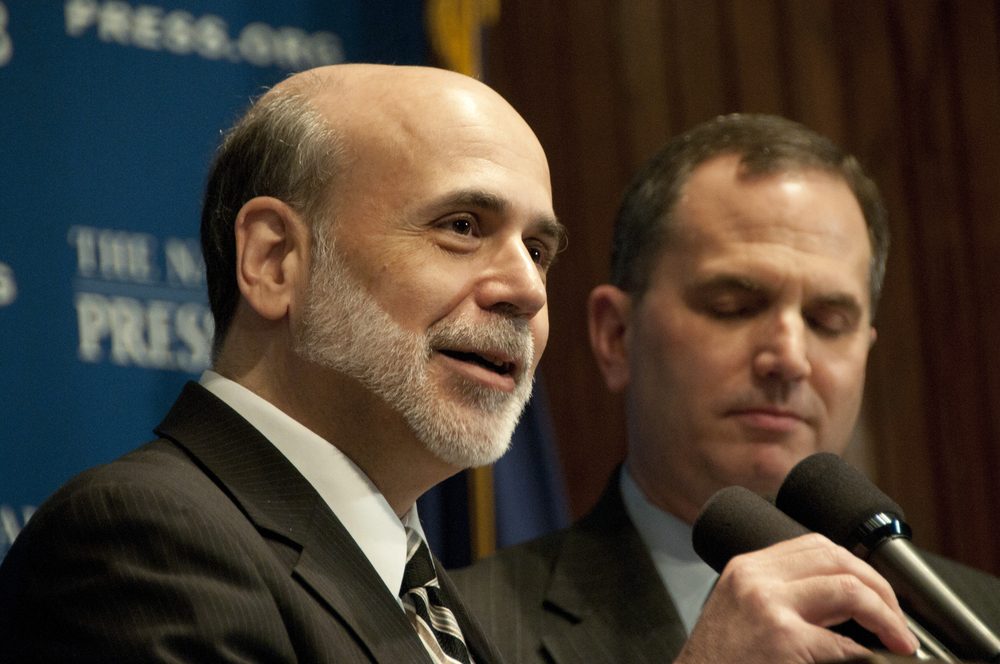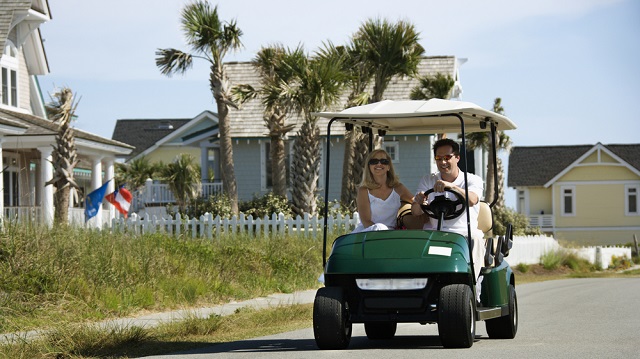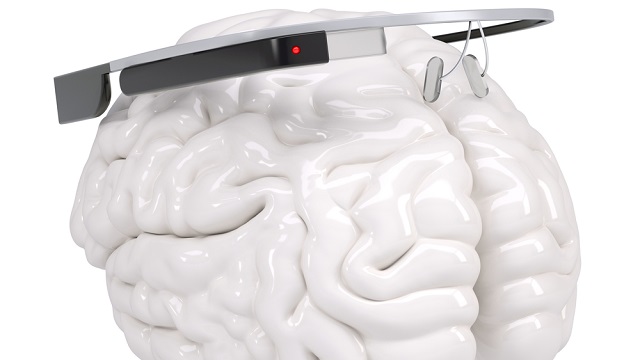Technology & Innovation
All Stories
They may look like ordinary male insects, but they contain genes that kill some or all of their offspring. One test involving GM mosquitoes showed an 80-96 percent decrease in the mosquito population within six months.
Scientists at a number of different research installations are using sound to help them learn more about the world’s oceans. They’re also sharing what they find via live online streams.
Not because winning could turn you into a literal fat cat: Research suggests that simply buying tickets leads to materialistic thoughts followed by diminished self-restraint in the here and now.
Coating one of the toughest and most flexible materials in nature with carbon nanotubes results in a stretchy yet conductive hybrid that could be incorporated into different kinds of medical sensors.
As part of this week’s Festival of the Planets celebration, University College London has made available to the public a selection of historic images from its archive. Included are glimpses of the surface of Venus.
Today’s (Sept. 10) removal of Hewlett-Packard from the Dow Jones Industrial Index demonstrates how quickly advances in technology are speeding up companies’ rise and fall.
As the cloud continues to absorb more and more information, some futurists are wondering about what extreme cold storage could look like.
The International Space Elevator Consortium (ISEC) recently met in Seattle to discuss their progress on designing a transportation system that would cost “about 3,000 times less” than a space shuttle trip.
Brooke Martin’s iCUPooch, which combines video and dog treats, is one of ten finalists in the Discovery Education 3M Young Scientist Challenge.
Honda is using existing vehicle-to-vehicle systems to create a network in which data broadcast and received by both cars and pedestrians will help prevent accidents.
A team of California scientists combined two ingredients commonly used in firefighting into an all-natural temporary spray gel that outperformed other coatings in lab tests.
The Ohio city had never experienced an earthquake before the 2010 opening of a wastewater injection well. All 109 earthquakes that occurred in the ensuing 12 months now appear to be linked to the well, says a new study.
By entering a Twitter or Instagram handle, Ready or Not displays data showing where its user has been and what information they sent out. It was built as part of a project titled “Teaching Privacy” that targets high schoolers.
Fed up with British Airways’ handling of his father’s lost luggage, Hasan Syed took the matter to Twitter by complaining via its self-service advertisers’ platform. It got the airline’s attention, along with that of millions of others.
When breast cancer survivor Molly Lindquist decided she wanted to help others beat the same disease she had bested, she started to think big.
The year-old startup, which operates in San Francisco and Austin, has many plans for people’s mail, not the least of which is “making [it] as sortable and searchable as email.”
The road-side exterior wall of a hotel in one flood-prone London district is covered with a 21-foot-high vertical garden that acts as a “350-square-meter green sponge.”
Adam Conway’s custom-built drone only cost about US$100 to make, and although it still needs a bit of work, the technology behind it could prove useful in a variety of situations.
The project is a collaboration between the city’s public transportation authority, a bookstore and an online education provider. Riders can pick up a book at one stop and drop it off at another.
Some financial companies look at potential borrowers’ social media footprint — including their friends and, eventually, their friends’ credit scores — to determine whether they qualify.
As people search for ways to make their passwords more secure, the makers of a free tool announce that their code can now crack passwords of as many as 55 characters in length in a radically short period of time.
Alongside Brazil, Russia, and China, expectations for India included double digit economic growth, an innovative automobile industry, and strong currency.
When the financial crisis first struck, Bernanke “said the Fed had to operate fundamentally differently to get through this.”
A pair of MIT doctoral candidates came up with a way to reduce excessive Internet usage by creating a keyboard accessory called, unsurprisingly, “Pavlov Poke.”
American and European researchers are currently testing a procedure that uses generic fertility drugs and simpler equipment and could end up costing less than US$300.
More of them are appearing on some Kentucky streets as residents look for gas-friendlier alternatives. Also, most states already have laws allowing them to share certain roads with regular traffic. Writer Eric Jaffe asks: Why golf carts and not electric cars?
A new study suggests yes: Since the introduction of the tax in 2008, fuel consumption per person has dropped over 17 percent and the emissions rate has gone down by 10 percent.
Thanks to a mandate passed by Congress in 1996, the US government is about to get out of the business of producing helium. The resulting shortage could affect a range of sectors across the industrialized world.
Medical professionals are demonstrating how Google Glass could be used for tasks ranging from viewing CAT scans during surgery to recording an actual procedure for educational purposes.
A new agreement targeting Dutch content publishers involves linking an e-book’s digital watermark to the purchaser’s account. That way, if a copy of the e-book ends up on a pirating site, the publishers will know who to come after.
